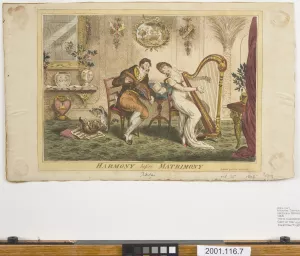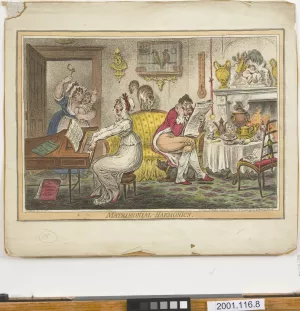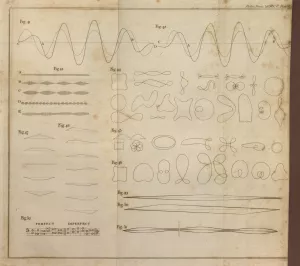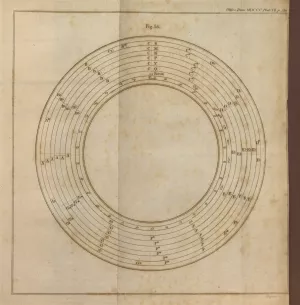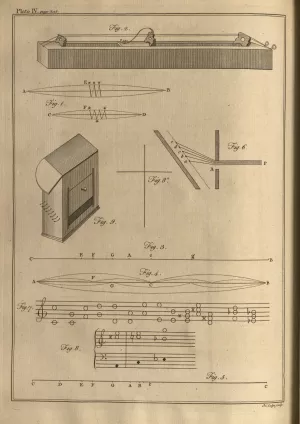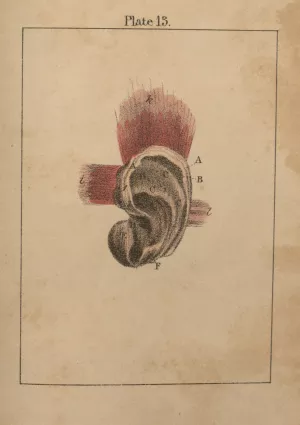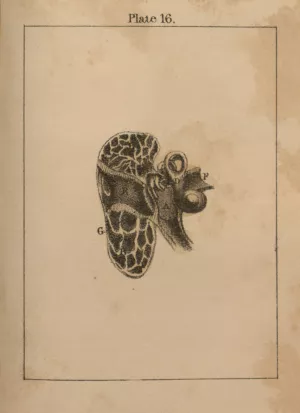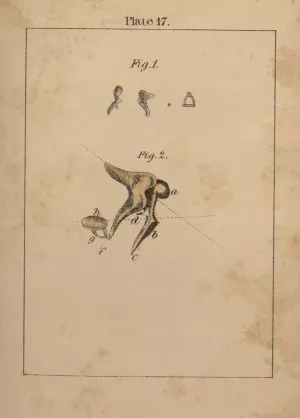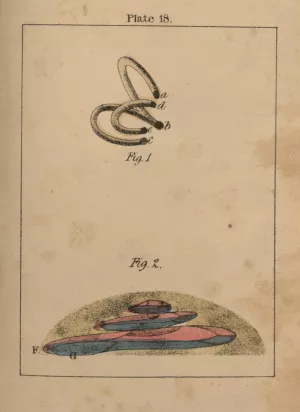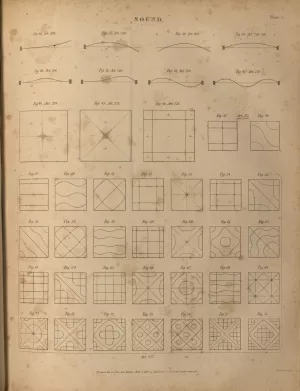What does sound look like? How might it be visually represented? Can it be explained in a scientific diagram? This gallery seeks to explore these questions by examining the form and significance of the ways in which the Romantic period sought to incorporate the ephemeral, ineffable, and invisible element of sound into the visual register. Beginning with an anatomical depiction of the ear and its various parts, this gallery traces the new scientific developments assisting Romantic scientists in understanding how the ear itself functioned. Ultimately, the gallery attempts to unpack the primacy of the visual as a means of understanding the aural, moving towards an understanding of these depictions of the aural as archival elements that encourage us to both challenge the primacy of sight and look beyond it. The gallery links images from scientific and medical texts, caricatures, and poetic descriptions, exploring both literal and tropic uses of music in the Romantic period. In seeking to limn the ways in which music and sound functioned in the Romantic imagination, the gallery also looks at the social and gendered uses of music, articulating differences between harmony and harmonics that asked contemporary readers to rethink preconceptions about the performance and interpretation of music.

